With a focus on a simplified app-based customer experience and the notion that anyone with a driver’s license, car, and some free time may earn some extra money from providing strangers with a ride, Uber has been trying to “disrupt” the transportation industry for the past 12 years.
As of 2019, when Uber formally became a publicly traded corporation with a listing on the New York Stock Exchange, it had operations in 69 countries. Uber is now making headlines across the globe.
The American company Uber has transformed how people travel. Uber became a major participant in the ride-hailing industry and eventually expanded into other industries such as food delivery, micro-mobility (using bikes and scooters), and peer-to-peer ride systems.
To completely transform the transportation sector, one of their original goals was to grow to be one of the biggest gig economy businesses. Since then, Uber has experienced exponential growth due to multiple acquisitions.
Uber has invested in 22 companies and made 16 acquisitions. Over $10,33,000,000 has been spent by the corporation on acquisitions and has invested in various industries, including autonomous vehicles, online grocery, and road transportation technology.
Learn about all of the Uber subsidiaries in this post to better understand how the company functions.
Uber Subsidiaries: Companies That Operate Under Uber Technologies Belt
Numerous organizations provide people with various facilities to carry out the varied tasks of daily living. Numerous such groups operate on various platforms, but people trust only a select handful. Uber is a company that customers primarily favor.
Numerous Uber subsidiaries offer customers a range of services. Not only that but all of these subsidiaries are globally situated and operate under Uber – as a parent company. Therefore, if people use these services, they are open to more than just a few nations.
Let’s have a look at Uber’s subsidiaries and Uber’s popular acquisitions. We will discuss them one by one company so that you can find an exhaustive list of the business.
Postmates
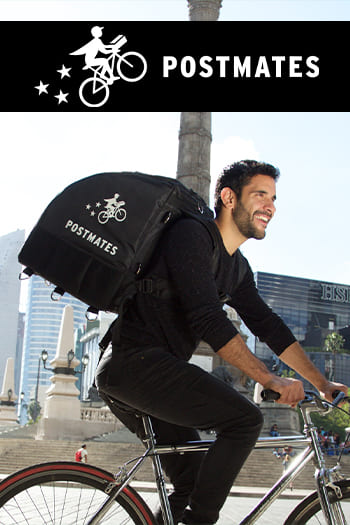
- Types of business: Food delivery business
- Cost of acquisition:: $2.65 billion
To increase its footprint in on-demand food delivery as its main ride-hailing company struggles, Uber acquired and paid $2.65 billion to purchase the food delivery startup Postmates.
Recent years have experienced a rapid expansion of food delivery applications, which link drivers, restaurants, and customers. This growth has been powered by venture money and vast numbers of contract employees.
But because the services provided by the apps are so comparable, there is a fierce rivalry and pressure to keep prices low. During the pandemic, more people have used delivery services, although revenues have been difficult to come by. According to Edison Trends, a company that measures credit card spending, Postmates and Uber Eats would collectively account for 37% of food delivery transactions in the United States after GrubHub.
Cornershop
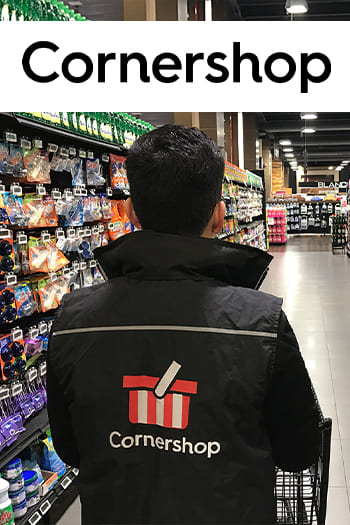
- Types of business: Grocery delivery industry
- Cost of acquisition:: $1.4 billion
One year after acquiring a majority investment in Cornershop, Uber has agreed to become the sole owner of the Latin American delivery business. With Cornershop as a completely owned subsidiary, Uber can expand its food delivery services, which gained popularity during the pandemic.
The business began delivering groceries in a few locations across Latin America, Canada, and the United States. Uber was one of many food delivery businesses keeping an eye on Cornershop; Walmart was also planning to buy the startup for $225 million, but the deal was ultimately shelved after Mexican antitrust authorities intervened.
UberEats
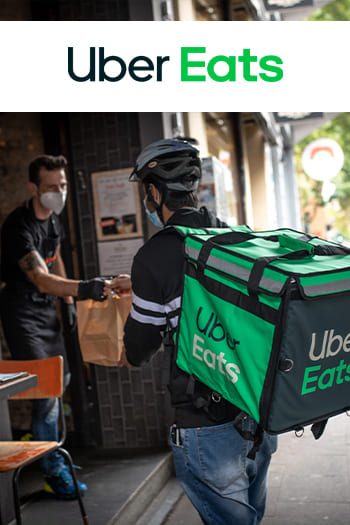
- Type of business: Food delivery business
- Introduced in: 2014
The American cab aggregator Uber has a strong presence globally and plans to grow, thereby entering the food delivery and taxi markets. The business has formally introduced UberEATS, a service that will directly compete with businesses like Doordash, Zomato, Swiggy, and Food Panda.
The UberEATS app was created expressly to make meal delivery as easy as possible from local restaurants. It is distinct from the Uber app users use to request rides. Customers can access ubereats.com or the iTunes/Google Play store today to download the apps for iOS and Android.
Although the epidemic has negatively impacted online meal delivery businesses, Uber said that during February and March, there was a 28% rise in Uber for Business customers who used Uber Eats to order meals from their favorite restaurants.
Careem
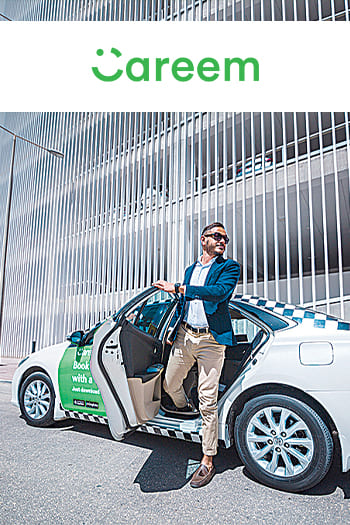
- Type of business: Super app (ride booking, food, and grocery delivery)
- Cost of acquisition: $3.1 billion
According to a statement released by the San Francisco-based corporation Uber, Careem, a competitor in the Middle East, has been acquired. Careem has now joined Uber as a wholly-owned subsidiary while maintaining its brand.
The first announcement of the $3.1 billion acquisition—the highest exit for a Middle Eastern startup—came in March of last year.
Careem and Uber will run their individual regional services and independent brands, so Careem is likely to keep on with its plan to build a super app. While allowing Uber to apply some of these local lessons to other nations where it already operates, acquiring a global brand like Careem may help speed up some of those ambitions for Careem.
Drizzly

- Type of business: Online alcohol delivery service
- Cost of acquisition: $1.1 billion
The largest alcohol delivery service in North America, Drizly, would be acquired by Uber in exchange for more than 900 million dollars worth of stock. Drizly eventually had its booze-on-demand services integrated into the “Uber Eats” mobile app after becoming a fully owned subsidiary of Uber.
The acquisition of Drizly shows how interested Uber is becoming in the delivery market at a time when the continuing coronavirus outbreak is hurting demand for its on-demand transportation services.
While this was happening, Drizly sales soared in 2020, increasing by more than 330% as consumers switched from dining out to ordering takeout and getting deliveries.
Uber Freight
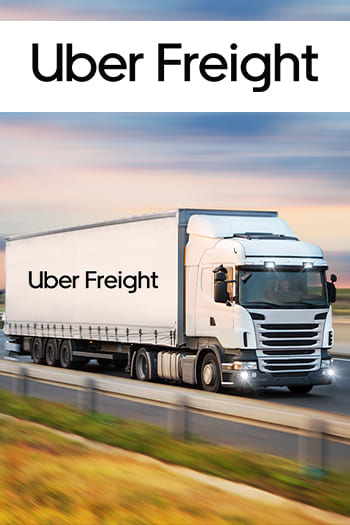
- Type of business: Logistics and supply chain management
- Introduced in: 2017
With the push of a button, carriers can book cargo on Uber’s new platform for shippers.
The new platform has been incorporated into Uber Freight’s already-available app, which was released last year. This will give shippers of all sizes a direct connection to Uber Freight’s extensive carrier network, allowing them to see instant upfront load pricing, tender a load with just a few clicks, and track their shipment from beginning to end.
According to a statement released by Uber, the platform was developed closely with shippers to streamline a process that would otherwise take them hours to complete. Unfortunately, it frequently left them unaware of market costs and if they were selecting the best carrier.
Transplace
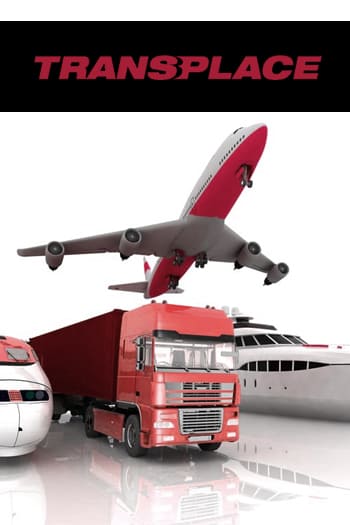
- Type of business: Transporation
- Cost of acquisition: $2.25 billion
In July of last year, San Francisco-based Uber Freight paid $2.25 billion to acquire Transplace, which was situated in Dallas. Through the deal, one of the largest logistics technology systems in the market was built, together with a sizeable managed transportation and logistics network.
Six significant freight carriers joined their internal logistics units to become Transplace in 2000. It has experienced several different owners since its founding. Uber Freight’s business is ramping up with the purchase of Transplace as it looks to expand in Mexico and gain market share in its current markets.
According to the firm, Uber Freight also views the acquisition as a way to hasten the company’s road to profitability and assist the segment in being break-even on an Adjusted EBITDA basis by the end of 2022. Uber Freight anticipates that the services and technological advancements will ease supply chain tension and usher in a new era of logistics management.
Otto
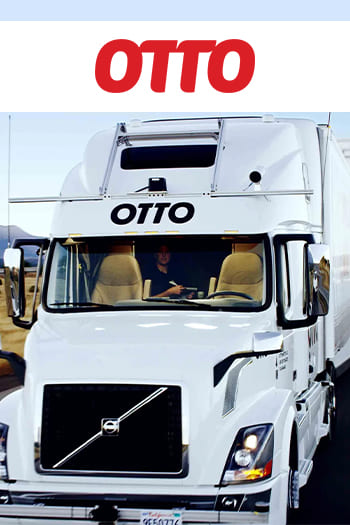
- Type of business: Self-driving car
- Cost of acquisition: $680 million
Uber is making yet another significant step in the field of autonomous vehicles. Along with working with Volvo to introduce autonomous vehicle trips in Pittsburgh, the business also purchased Otto.
Otto has concentrated on developing self-driving technology that might be incorporated into current fleets of trucks. In other words, Otto chose to concentrate on some form of self-driving kit rather than creating its own autonomous vehicles.
Uber must develop self-driving technology if it wants to continue competing for on-demand services. Once Uber can eliminate the driver in the front seat, it is obvious that rates will decrease significantly. Nothing, however, will preclude other businesses from developing self-driving car-based Uber rivals.
Uber Copter
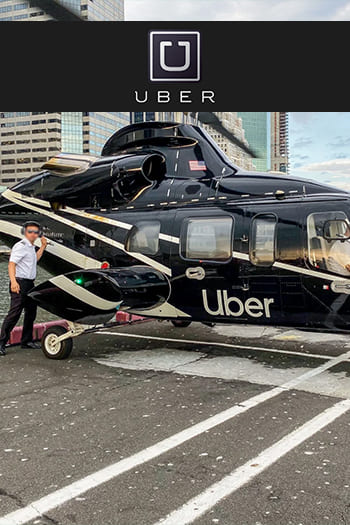
- Type of business: On-demand Helicopter service
- Introduced in: 2019
The ride-hailing business introduced a high-end helicopter service in New York City, promising 8-minute trips from downtown Manhattan to the nearby John F. Kennedy airport. Despite how unlikely it may sound, Uber wants to give this option to daily commuters who go to and from nearby suburbs and other US cities.
This ambitious business is, in some respects, a throwback to the idea behind Uber’s inception a decade ago: provide a classy and practical transportation choice so users with excessive amounts of discretionary wealth may experience high life, or “balling,” while traveling.
This time, it’s up to Uber to persuade the Wall Street crowd gathered outside the helipad to switch from a car to a chopper.
Uber Health

- Type of business: B2B healthcare platform
- Introduced in: 2018
Before the medical industry, Uber recognized this significant hurdle. It has created a transportation system called UberHealth to address this problem. The Uber Health app aims to build a transportation link between patients and doctors. At its essence, Uber medical care is a patient pickup service.
Despite recent attention given to situations when patients have booked Ubers while in need of urgent care, since they are sometimes quicker to respond than ambulances, Uber Health is not a replacement for emergency service vehicles, including ambulances.
However, it is a way for Uber to launch a promising new line of business and address a need in the healthcare sector, all while demonstrating the dependability of the ride-hailing company’s customer service.
Indeed, Uber is Playing at the Forefront of the Gig Economy
Finding the initial consumers is frequently difficult for new businesses. Startups in the sharing economy that begin as platforms that link consumers and independent service providers make the problem much more challenging. On the other hand, Uber nailed it and completely changed how people get around it.
With a $78 billion valuation in 2020, Uber suddenly became the most valuable startup in the world within a decade. But why was Uber so popular? Is it only because they provide a rider- and driver-connecting app? Or it’s a way of changing modern consumers’ lifestyles from their roots?
Because the ecosystem of capitalism is always changing, businesses must adapt to new technologies, shifting consumer demands, and uncertain regulatory environments. Given that consumer preferences today are vastly different from those of previous generations and that many governments feel compelled to enact new legislation in response to any issues that come to their attention, this is especially true for businesses like Uber that operate in unconventional markets like the sharing economy.
Be it grocery delivery, food delivery, or logistic and supply chain management, Uber has paved its way and made a name in the respected regions. Despite its questionable business methods in the past, Uber remains the top ride-sharing firm in the world, and there are only so many strong competitors that can unseat it.
Sure, in some parts of the world, super apps might have a chance to match Uber’s popularity or surpass it, but on a worldwide basis, Uber is king, and it appears that way for the foreseeable future. This is because it was the first business of its sort, allowing it to accumulate capital much sooner than its rivals.
The Uber tale involves more than just the service itself. It provides excellent user comfort and convenience. It is more than just a typical smartphone app. It modifies people’s routines. Uber is currently a new way of living. The first thing that blinks to mind when we need a cab is to open the Uber app and tap the button. And it signals a prosperous business!
Most people now connect ride-sharing with Uber thanks to its early entry; the phrase has even evolved into a verb meaning to hail a ride other than a yellow cab!